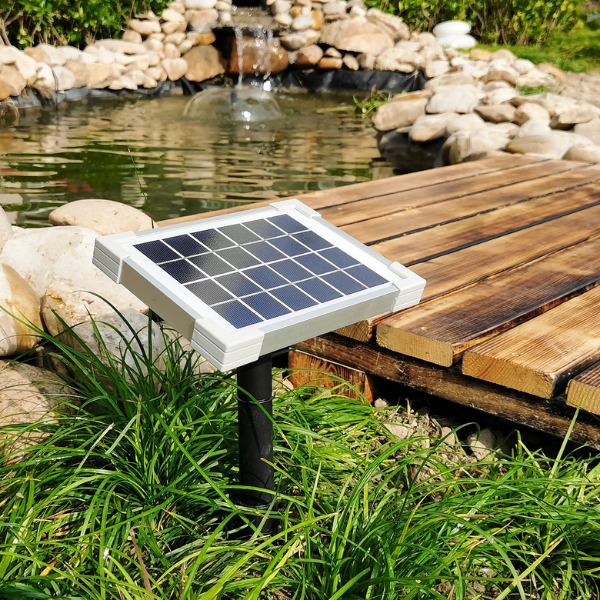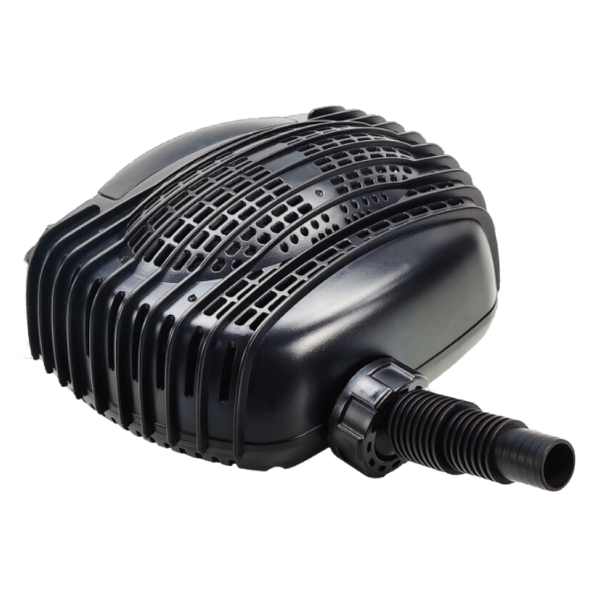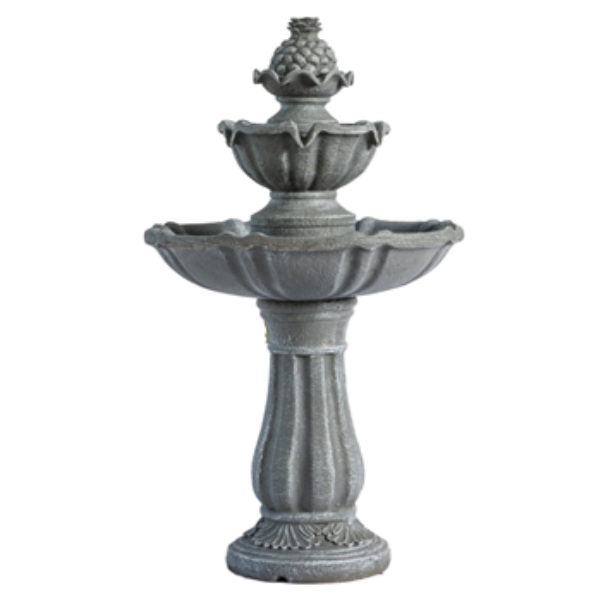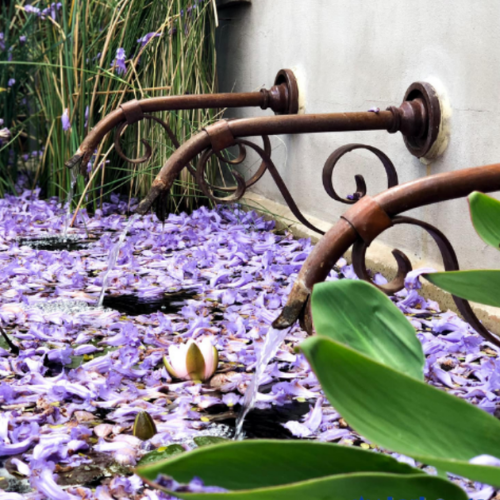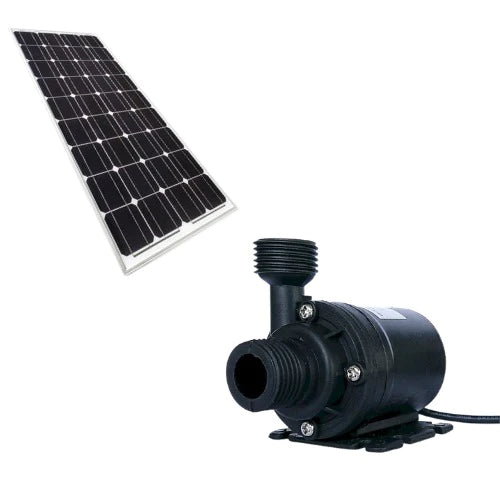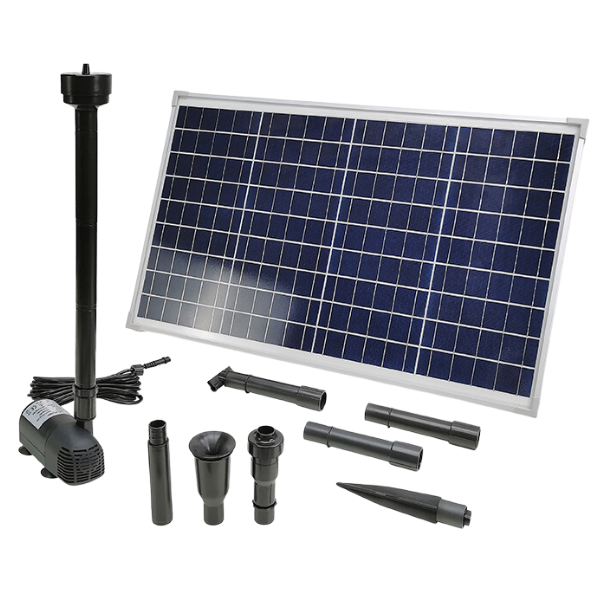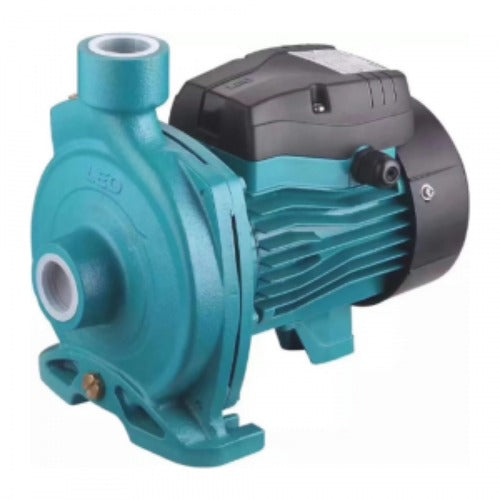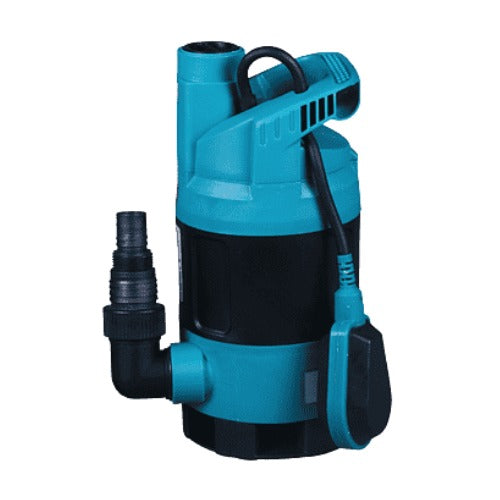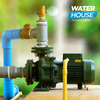PVC TUBING AND FITTINGS EXPLAINED
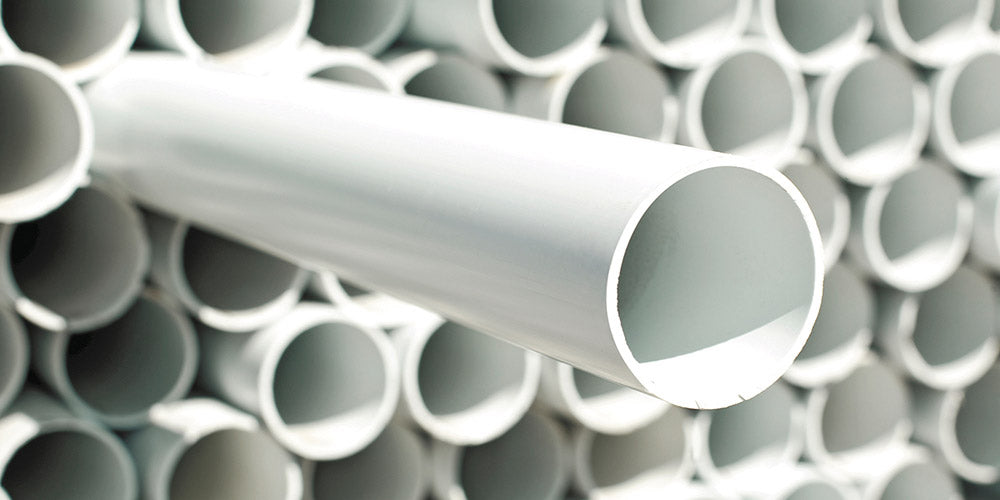
What is “PVC” ?
PVC is a tough chemically resistant synthetic polymer of vinyl chloride used especially for making pipes, films and electrical insulation. It is made by polymerizing vinyl chloride, and its properties depend on the plasticizer that is added. The plasticizer is a low molecular weight substance that is added to the polymer (PVC) to increase its plasticity and flexibility. Therefore the purpose of the plasticizers is to make the polymer (PVC) more suitable for the required specific applications. The plasticizers must have chemical similarities with the polymers.
Types of PVC
PVC-U Pipes
When a pipe comes with an additional letter ‘’U’’ at the end, it means that the pipe is made from unplasticized PVC (PVC-U). This means that this type of PVC does not contain any plasticizer, which is the solvent that is added to the PVC material to promote its plasticity and flexibility, and reduce its brittleness. Since it does not contain this substance, PVC-U is often known as rigid PVC. It is the most famous type of PVC used for pipes and fittings. It is utilized in the transportation of water for drinking and also wastewater. These types of pipes are easy to handle, light, affordable, durable, and because of the absence of a plasticizer in them, they are 100% recyclable.
C-PVC Pipes
C-PVC stands for chlorinated PVC. Its characteristics are the same as PVC-U. It is manufactured for the transportation of drinking water and exhibits an excellent corrosion resistant property.
Benefits of PVC Fittings and pipes
PVC has remarkable electrical insulation properties, making it ideal for use in cabling applications. It has a good impact strength and weather-proof attributes that make it ideal for construction products. PVC has extensive medical approvals and food contact.
Its processing is easy, it is long lasting, tough, and light. PVC’s primary consumption of energy during production is very less. This is a different case with other commodity plastics. PVC has a high clarity and splendid organoleptic properties, and is equally suited for use in applications that are short termed like specialized packaging.
Its carbon footprint is relatively small. PVC windows help to cut energy bills. It is fully recyclable. It reprocesses well and can be recycled into second or third life applications with ease due to its properties.
Benefits of Using PVC Pipes
PVC pipes have many benefits, such as durability and cost-effectiveness, which makes them highly favorable. The other benefits of using PVC pipes are explained below.
Recycling of PVC
The structure of PVC , together with its composition, lends itself to being recycled mechanically, with reasonable ease, to produce recycling material of good quality. It is important to sort PVC materials when recycling. The PVC industry invested greatly to develop sophisticated recycling schemes to ensure the reuse of large amounts of PVC in a new generation of products that are advanced, energy efficient, and sustainable.

Shop our range of PVC tubing and pipes today, https://waterhouse1.myshopify.com/
Article provided by Waterhouse and iqsdirectory.com
For more information contact us on 011 466 8250

